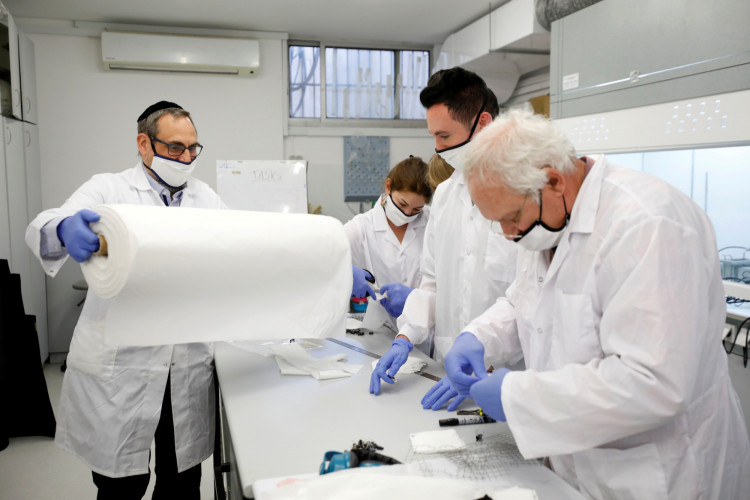The Tasmanian tiger may exist once more, almost a century after it was declared extinct. The striped carnivorous creature known as a thylacine, which once prowled the Australian wilderness, is being sought after by scientists.
The ambitious endeavor will use genetic engineering, extraction of old DNA, and artificial reproduction to bring the animal back.
Andrew Pask, a professor at the University of Melbourne and the director of its Thylacine Integrated Genetic Restoration Research Lab, who is leading the initiative, said:
"We highly urge that protecting our biodiversity from subsequent extinctions be our top priority. The rate at which species are being lost is, unfortunately, not slowing down."
In extreme cases where cornerstone species have been lost, he continued, "our technology offers a possibility to repair this and might be used."
The $15 million attempt to resurrect the wooly mammoth in modified form is a cooperation with Colossal Biosciences, which was formed by internet entrepreneur Ben Lamm and geneticist George Church of Harvard Medical School.
The thylacine, which was roughly the size of a coyote, vanished nearly everywhere except the Australian island of Tasmania around 2,000 years ago. It was important to its ecology since it was the only marsupial apex predator that survived until modern times, but it also made it unpopular with people.
In the 1800s, European immigrants to the island blamed thylacines for cattle losses when, in most cases, wild dogs and poor human habitat management were to blame.
They also hunted the timid, semi-nocturnal Tasmanian tigers until they were extinct.
At the Beaumaris Zoo in Hobart, Tasmania, Benjamin, the last thylacine in captivity, perished from exposure in 1936.
Soon after thylacines received protection, a devastating loss happened, but it was too late to save the species.
The project entails a number of challenging steps that make use of cutting-edge technology and research, like gene editing and creating artificial wombs.
In order to determine the differences, the scientists will first create a comprehensive genome of the ancient animal and compare it to that of its closest living relative, a mouse-sized carnivorous marsupial known as the fat-tailed dunnart.
"Then, we take living cells from our dunnart and modify their DNA in every location where the thylacine differs from it. In essence, we are creating a Tasmanian tiger cell from our Dunnart cell," Pask clarified.
Once the team has successfully programmed a cell, Pask predicted that dunnarts would be used as surrogates in stem cell and reproduction procedures to "convert that cell back into a living animal."






